Santuario Munmyo y Complejo Sungkyunkwan en Seúl (서울 문묘와 성균관)
5.2Km 2021-06-24
Sungkyunkwan-ro 31, Jongno-gu, Seúl.
+82-2-760-1472
Munmyo es un santuario en honor a Confucio, cuyas enseñanzas son la base del confucionismo. Está dedicado a sus discípulos y a otros eruditos también. Munmyo no solo es un santuario sino que también fue la institución educativa más importante de la dinastía Joseon.
El complejo contiene dos áreas principales: el Daeseongjeon, que alberga santuarios; y el Myeongryungdan, que tiene salones para seminarios y otras instalaciones. También hay dos dormitorios, Dongjae y Seojae, que en conjunto se denominan Sungkyunkwan. Frente al Myeongnyundang se yergue un gingko que es Monumento Natural N°. 59. En primavera y otoño se celebra un rito conmemorativo en honor de Confucio y sus discípulos.
Gran Celebración de Jeongwol Daeboreum (정월대보름 한마당)
5.3Km 2025-02-05
Samcheong-ro 37, Jongno-gu, Seúl
02-3704-3106
El Museo Folclórico Nacional de Corea celebra la festividad de la luna llena, conocida como Jeongwol Daeboreum. Se realizan muchos eventos tradicionales para desear buena suerte en el nuevo año.
PungGyeong [Korea Quality] (풍경 [한국관광 품질인증])
5.3Km 2025-07-23
32-6, Seonggyungwan-ro, Jongno-gu, Seoul
PungGyeong, located opposite Sungkyunkwan Academy in Jongno-gu, Seoul, is a hanok-style guest house whose outer wall is painted with a stylish blue pine tree. The guest house is equipped with bedrooms and a kitchen/diner with a table. Residents can have toast for breakfast, and simple Korean meals are provided for guests staying more than two days. In the winter you can sample traditional Korean tea brewed by the owner.
GyoDae GuestHouse [Korea Quality] / 교대게스트하우스 [한국관광 품질인증]
5.3Km 2021-04-05
103-201, 116, Saimdang-ro 17-gil, Seocho-gu, Seoul
+82-2-3486-7373
Gyodae Guesthouse is located near Seoul Nat’l Univ. of Education Station on Subway Lines 2 & 3. As a guesthouse in an apartment building, it's a popular choice for long-term stay among foreign students studying in Korea. The guesthouse is an ordinary home, so guests can feel at home during their stay. There are only two rooms, but the guesthouse owner treats her guests like family. For this reason, she has many repeat customers. Each of the rooms is furnished with a desk and a computer for student guests, and there are many plants in the living room. The kitchen, bathroom, living room, television, and sofa are shared among the guests. Laundry service is provided for free. Guests are asked not to stay out too late because the guesthouse is located in an apartment complex.
Châtaigne (샤떼뉴)
5.3Km 2021-12-29
19, Samcheong-ro 5-gil, Jongno-gu, Seoul
+82-2-736-5385
Châtaigne is a French restaurant housed in a charming hanok (traditional Korean house) that was remodelled to accommodate dining tables and chairs. Châtaigne uses seasonal ingredients to create a simple and unique French course meal.
Fatum (파툼)
5.3Km 2019-12-20
86-5, Samcheong-ro, Jongno-gu, Seoul
+82-2-739-9888
FATUM is famous for its great view of Samcheong-dong. Each floor is decorated with a different theme, from natural rocks on the first floor, comfort on the second floor, and indoor viewing places on the third and fourth floors, and outdoor seats on the fifth floor. The view features beautiful scenery including Bugaksan Mountain, Inwangsan Mountain, and Gyeongbokgung Palace at once, as well as a fantastic sunset from the café.
Tumbas Reales Seolleung y Jeongneung en Seúl (서울 선릉과정릉) [Patrimonio Cultural de la Humanidad de la Unesco]
5.3Km 2024-07-18
Seolleung-ro 100-gil 1, Gangnam-gu, Seúl
En estas tumbas reales descansan los restos de Seongjong, el noveno rey de Joseon, y de la reina Jeonghyeon. También se encuentra la tumba correspondiente a Jungjong, el undécimo rey de Joseon. Seongjong fue el nieto del rey Sejo y segundo hijo de Deokjong (designado “Chujon”, término que se le atribuía a aquellos que fallecían antes de llegar al trono). Seongjong nació en el tercer año del reinado de Sejo (1457), y asumió el poder a los 13 años de edad (1469). Durante sus veinticinco años de reinado, se lograron grandes avances científicos. Falleció a los 38 años de edad (1494). La reina Jeonghyeon fue la hija de Buwongun Yunho, un funcionario de la corte de alto rango, y fue proclamada como reina en el undécimo año de reinado de Seongjong (1480). Falleció en 1530, en el vigesimoquinto año de reinado de Jungjong. Por otra parte, el rey Jungjong fue el segundo hijo de Seongjong, nacido en el decimonoveno año de reinado de Seongjong (1488). Llegó al trono en el año 1506 y falleció a los 57 años de edad (1544). A pesar de que las tumnbas encuentran ubicadas en el centro de la ciudad, presentan un ambiente tranquilo, ideal para las caminatas.
Daesungjip (대성집)
5.3Km 2021-03-27
5, Sajik-ro, Jongno-gu, Seoul
+82-2-735-4259
Daejungjip has specialized in Dogani tang (ox knee joint soup) for 60 years. Customers can feel a simple and familiar ambience at the restaurant.
Seochon Guest House [Korea Quality] / 서촌 게스트하우스 [한국관광 품질인증]
5.3Km 2023-04-07
28-3, Jahamun-ro 7-gil, Jongno-gu, Seoul
+82-010-3345-9680
Seochon Guest House is located in Seochon, which is becoming a hot place for tourists in Seoul, and precisely on the road to Suseong Valley, whichis filled with interesting stores and is also well-known for Park Nosoo Art Gallery and the House of Yun Dong-ju (poet). Seochon Guest House is nicknamed ‘Jaeminangol (interesting village)’ after Baekseok’s poem ‘Yeowunangol’, with the aim of providing a visit full of interesting experiences. Passing through a garden and entering the main building, the unique charm of this hanok building, the staircase to get to the first floor from daecheong (main floored room), catches the eye of the visitors. In addition, the building is decorated with various stylish objects including paintings and Korean musical instruments. The terrace situated on the first floor offers an open view of the surrounding area including roof tiles of hanok structures and alleyways in Seochon. It is said that Korean novelist Yoon Hu-myeong also appreciated the structure of the guesthouse, saying, “It is an interesting place.” Built in the 1930s, the house, which has many storage places, was taken by the owner couple in spring 2014 as they were attracted by the house during their trip to Seochon. After the repair work, the ground floor of the house was opened for guests from January 2016, hoping that guests could share their daily experiences and stories with each other. The guestrooms and the main floored room on the ground floor are open to guests, with the exception of the first floor, which is used by the owner couple. The living room is equipped with books, a curved TV, and a table. The tasty meal, which is served in the kitchen, consists of rice and soup with six side dishes and is much loved by guests. The guesthouse offers a total of four rooms – Jae Room, which is the most Korean-style room; Mi Room, which has a combined style of a Korean-style room and Western-style room; Nan Room, which is an ideal room for meditation with a beautiful paper window; and Ahn Room, which is equipped with a veranda and a pretty flowerbed. Every room has its separate charm with various comfortable bedding to provide a quiet and cozy bedroom for guests in the middle of the city. Furthermore, the guesthouse holds a pansori (epic chant) performance twice a year. The owner started learning how to sing pansori to promote the Korean culture and tradition to foreigners. When a pansori performance is held, the owner offers traditional Korean snacks and drinks including sikhye (sweet rice punch), sujeonggwa (cinnamon punch), traditional sweets and cookies, and tteok (rice cakes) to visitors, tourists, and performers. Moreover, it provides cultural programs such as a Gukak (Korean classical music) experience, Korean traditional clothes experience, and making Korean food experience, as well as other activities with guests, such as trip to the city wall between Inwangsan Mountain and Bugaksan Mountain, and the Royal Palace Tour to Gyeongbokgung Palace, etc., as well as a trip to a traditional market.
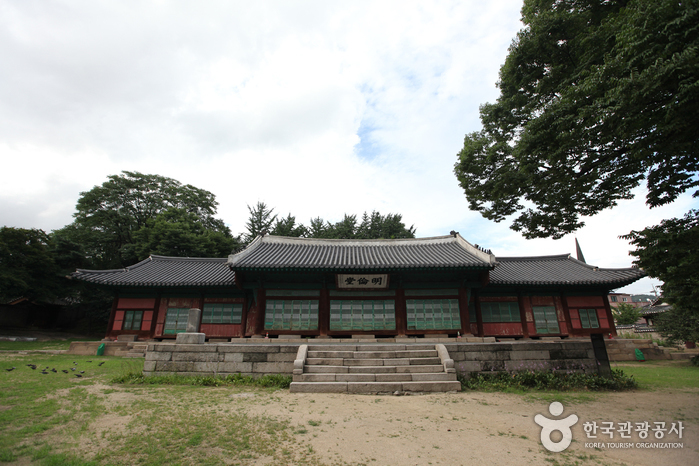
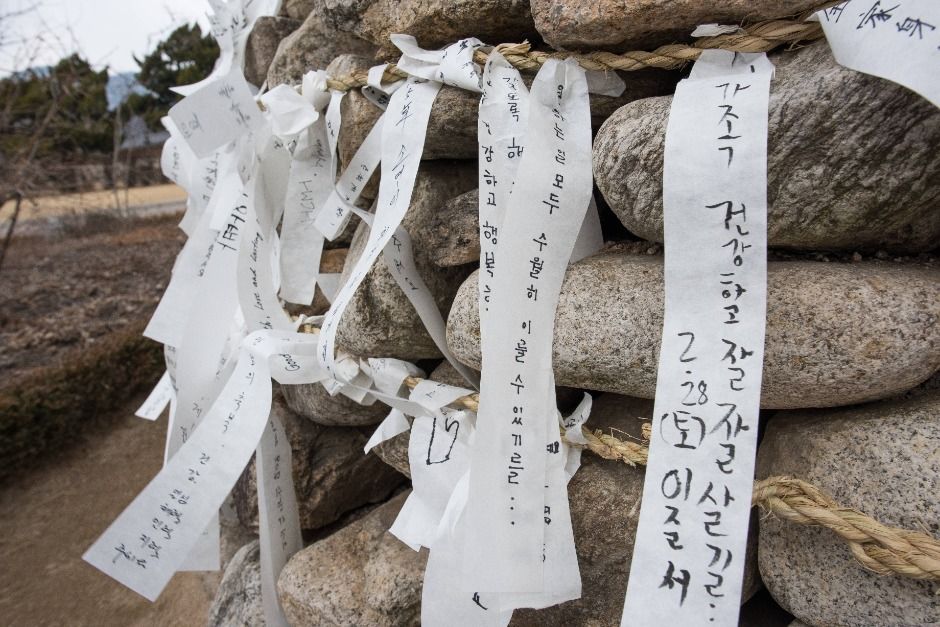
![PungGyeong [Korea Quality] (풍경 [한국관광 품질인증])](http://tong.visitkorea.or.kr/cms/resource/80/2633780_image2_1.jpg)
![GyoDae GuestHouse [Korea Quality] / 교대게스트하우스 [한국관광 품질인증]](http://tong.visitkorea.or.kr/cms/resource/81/2529081_image2_1.jpg)
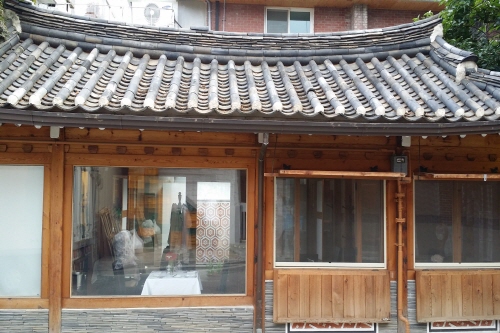
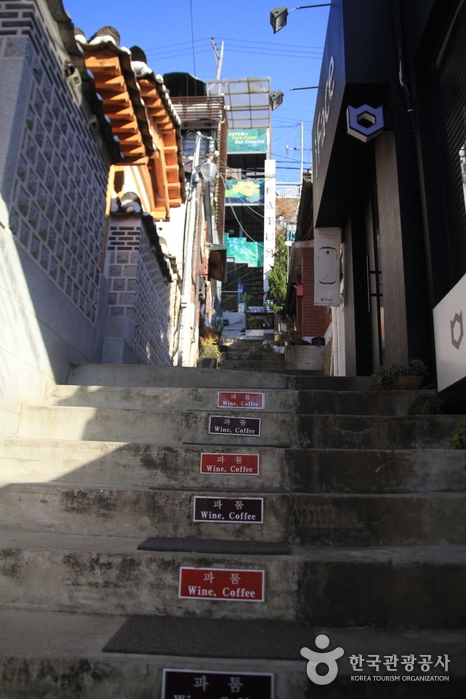

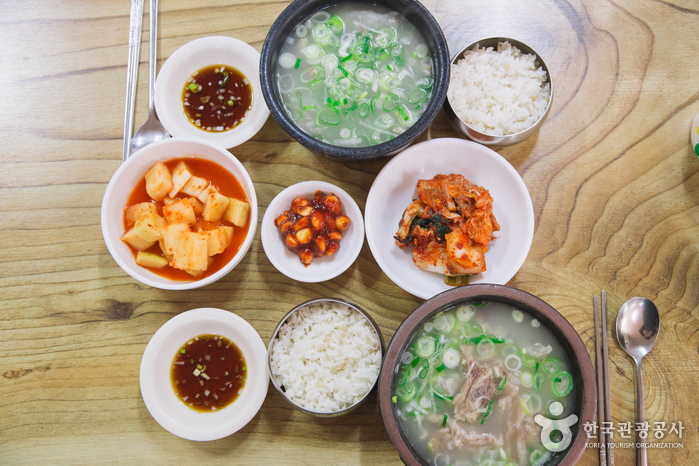
![Seochon Guest House [Korea Quality] / 서촌 게스트하우스 [한국관광 품질인증]](http://tong.visitkorea.or.kr/cms/resource/41/2447241_image2_1.jpg)
 Español
Español
 한국어
한국어 English
English 日本語
日本語 中文(简体)
中文(简体) Deutsch
Deutsch Français
Français Русский
Русский